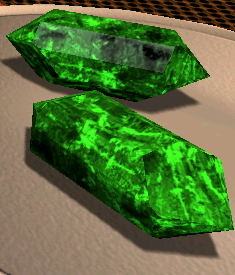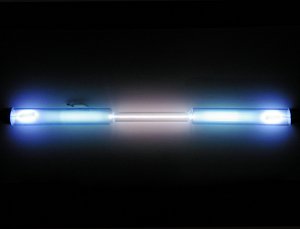

Like the other inert gases, krypton forms the clathrate compounds Kr♶H 2O, Kr♳C 6H 5OH, and others. Barium kryptonate, BaKrO 4, was prepared by the reaction of a solution of Ba(OH) 2 with Krp 4. In particular, the reaction of krypton with fluorine (for example, in electric discharges) yields the fluorides Krp 2 or Krp 4, which are stable only at low temperatures. After synthesis of xenon fluoride (1961), krypton was also shown to be capable of entering into chemical reactions. Solid krypton has a cubic lattice, with lattice constant a = 5.706 angstroms (Å) at –184☌. Krypton is a colorless, odorless monatomic gas its density at O☌ and 100 kilonewtons per sq m (kN/m 2), or 760 mm Hg, is 3.745 g/liter. Travers during spectroscopic studies of low-volatility liquid air fractions and was named krypton (from the Greek kryptos, “concealed”)- Under normal conditions 1m 3 of air contains/about 1 cm 3 of krypton. Atmospheric krypton is a mixture of six stable isotopes, among which 84Kr (56.90 percent) predominates. On earth it is present mainly in the atmosphere. Kr, a chemical element in Group VIII of the Mendeleev periodic system one of the inert gases. Travers in residue from the evaporation of a sample of liquid air from which oxygen and nitrogen had been removed.

Krypton was discovered in 1898 by William Ramsay and W. In 1960 the meter was defined by international agreement as exactly 1,650,763.73 times the wavelength (in a vacuum) of the orange-red line in the emission spectrum of krypton-86 (see weights and measures). Krypton has characteristic green and orange lines in its spectrum. Although krypton does not generally form chemical compounds in the normal sense, gram quantities of krypton difluoride have been prepared and several other compounds have been reported. It is used to detect leaks in sealed containers, to excite phosphors in light sources with no external source of energy, and in medicine to detect abnormal heart openings. Krypton-85 (half-life about 10 years) is the most stable of the 17 radioactive isotopes known it makes up about 5% by volume of the krypton produced in the nuclear reactor. A mixture of stable and unstable isotopes of krypton is produced by slow neutron fission of uranium in nuclear reactors. Krypton is also used in tungsten-filament photographic projection lamps and in very high-powered electric arc lights used at airports. Fluorescent lamps are filled with a mixture of krypton and argon. Krypton is used to fill electric lamp bulbs and various electronic devices. It is produced commercially by fractional distillation of liquid air. Naturally occurring krypton is a mixture of six stable isotopes. It is a rare gas present in air at a concentration of about one part per million. It is one of the so-called inert gases found in Group 18 of the periodic table. Krypton is a colorless, odorless, tasteless gas. −152.3℃ density 3.73 grams per liter at STP valence usually 0.
/close-up-of-amethysts-561164827-58a8ebc85f9b58a3c94aea42.jpg)
Krypton (krĭpˈtŏn), gaseous chemical element symbol Kr at.


 0 kommentar(er)
0 kommentar(er)
